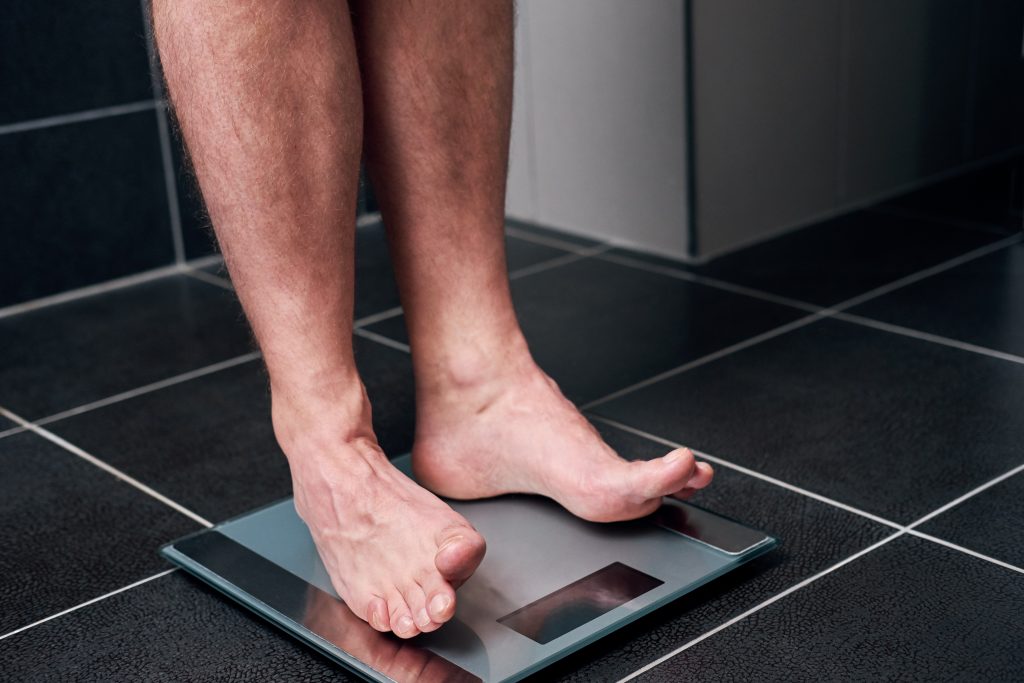American culture is rapidly transitioning away from the celebration of different body types to the promotion of instantaneously shedding pounds and sunken cheeks.
Ozempic, a drug originally created to help combat Type 2 Diabetes, is the newest trend dictating the notion of beauty and self-worth.
Although it is alarming that people are voluntarily injecting themselves with prescription drugs to look a little smaller, what is most problematic is the idea that we even think of these actions as acceptable or a norm of society.
We must ask why our culture constantly changes standards for our bodies to feel accepted. In what ways did American society go wrong that we feel like we need to create these beauty standards that are almost impossible to obtain without creating some sort of bodily disorder.
Ozempic is just one more in a long line of bad trends like Atkins, Mounjaro, the keto diet, OPTAVIA, SlimFast, and countless more. All of these options create a standard of beauty that is unrealistic and damaging.
As social media continues to be absurdly influential, we are faced with many different public figures showing off their fabricated bodies and lifestyles. Some simply ignore and deny the fact they use drugs to obtain their perfect, skinny figure, while others openly share their stories about being on Ozempic or other weight loss drugs.
Younger generations are then taught to follow these unrealistic beauty standards. The hashtag #Ozempic has 1.3 billion views on TikTok. This craze ultimately gives praise to a toxic trend that is harmful in many ways.
Young girls are especially susceptible to the influence of this drug. The trend can create eating disorders or outrageous behavior to look like social media stars.
According to NewPort Academy, “The Today Show and aol.com collaborated on the “Ideal to Real” body image survey. As a result, the survey found that 80 percent of teen girls compare themselves to images they see of celebrities. Moreover, among those girls, almost half said that celebrity images make them feel dissatisfied with the way they look.
These toxic trends can then be supplemental to eating disorders among young women. Research shows that young females who regularly engage with images on social media that portray unrealistic thinness are more likely to develop symptoms of eating disorders, according to NewPort Academy.
In addition, according to The Guardian, because of the overwhelming popularity of the “miracle drug,” there has been a supply shortage for those who actually need the injection. Not only can it ruin body image and self-esteem for young women, but it also takes away basic health needs for those with Type 2 Diabetes by making the drug harder to come by.
It is time to overcome this toxic skinny trend that has existed for far too long. We need to teach our young girls that who they naturally are is the true “picture perfect” look. Let’s lift each other up, instead of striving for the nearly impossible body.
Columns reflect the opinions of the authors and are not necessarily those of the Editorial Board, The Daily Iowan, or other organizations in which the author may be involved.



